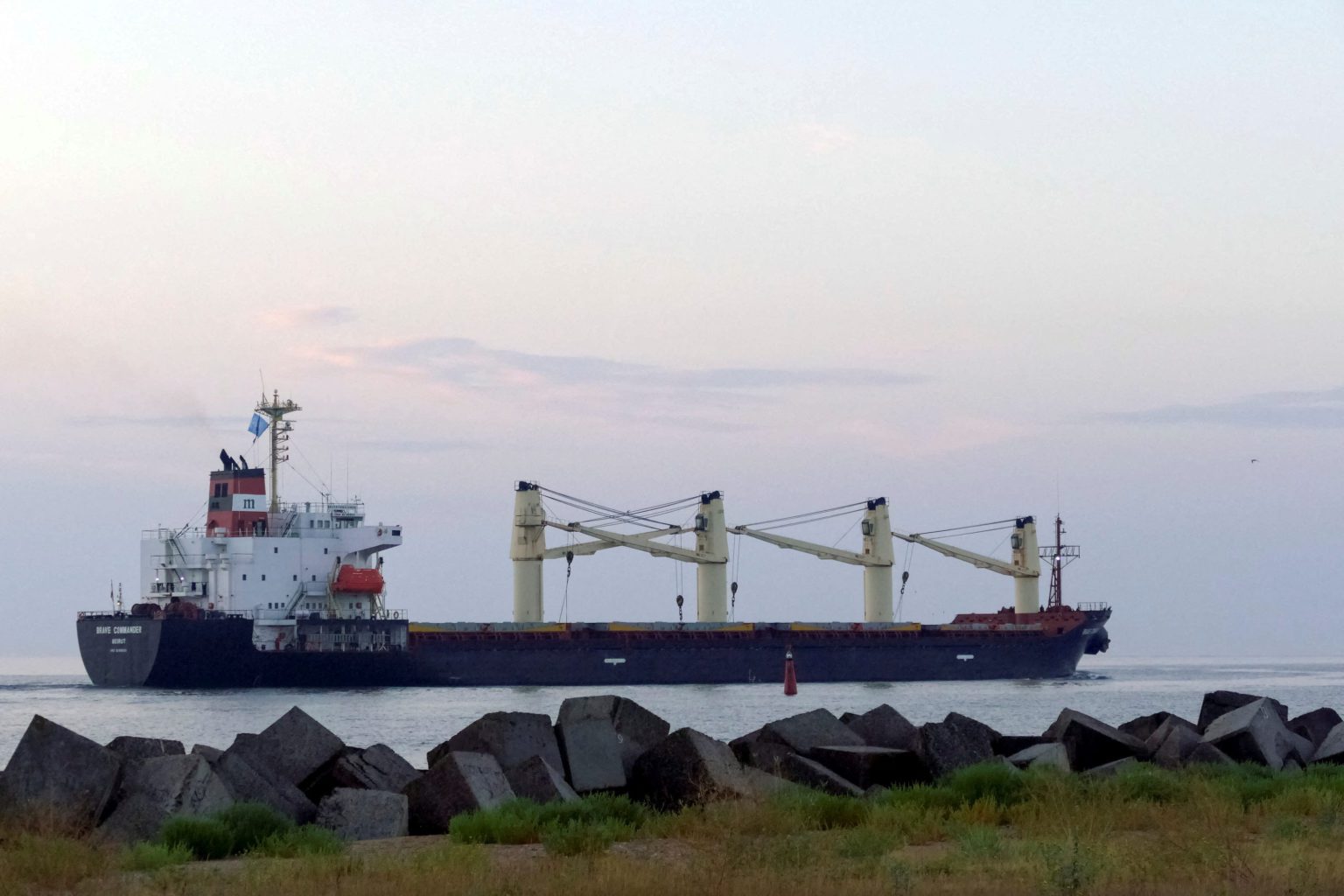Executive Summary
Ukraine’s Operation Spider’s Web used containerized drones to strike deep into Russian territory, revealing a new method of covert warfare.
Global shipping and port infrastructure are now exposed to unprecedented security risks, as weaponized containers may be able to move undetected through commercial supply chains. Maritime security frameworks must adapt by investing in advanced detection technologies and reevaluating inspection protocols to address this emerging hybrid threat.
Emerging Maritime Security Challenges
Traditionally concerned with piracy, smuggling and the specter of state-based naval conflict, maritime risk frameworks must now reckon with a far more insidious and technologically sophisticated danger: the weaponization of standardized cargo.
On 1 June 2025, Ukraine launched a covert and unprecedented drone assault deep within Russian territory, striking at the heart of its strategic bomber fleet. Codenamed Spider’s Web, the operation utilized 117 first-person view (FPV) drones, concealed inside ordinary 40-foot shipping containers and transported across Russia via commercial trucks. After 18 months of preparation, the drones were simultaneously launched near Russian airbases from concealed launch systems housed in the containers, effectively turning civilian cargo into a modern-day Trojan Horse.
Explosions were recorded across five regions – Murmansk, Ivanovo, Ryazan, Amur and Irkutsk – with Ukraine claiming the strike damaged or destroyed approximately 34 percent of Russia’s cruise missile-capable bomber fleet.
The attack in Irkutsk, over 4300 kilometres from the front lines, represents the deepest Ukrainian drone strike to date.
The implications for global security, particularly maritime security, are profound. These drones, hidden in indistinguishable shipping containers, infiltrated secure military zones without detection. Their success highlights a new kind of threat, one that leverages the sheer scale, opacity and logistical complexity of global trade to mask hostile intent.
For ports, shipping companies and naval forces alike, the idea that a containerized drone strike could occur anywhere at any time introduces an unprecedented level of strategic ambiguity. This development signals a new frontier in hybrid and asymmetric maritime threats, one that exploits both the opacity and volume of global trade.
Operation Spider’s Web: A Case Study in Modern Drone Warfare
As the war between Ukraine and Russia grinds into a costly stalemate, Ukraine, facing personnel and material shortages, has turned increasingly to asymmetrical strategies, particularly drones, to shift the strategic balance. Spider’s Web represents a significant turning point in modern warfare. It is one of the first known large-scale, coordinated drone offensives launched from deep inside enemy territory. Unlike traditional air raids, this operation demonstrated a high degree of autonomy: drones were reportedly equipped with artificial intelligence capable of visually identifying and striking targets independently.
The drones, each costing between USD 600 and USD 1000, successfully destroyed or damaged high-value bombers, such as the Tu-95MS and Tu- 22M3, which are used to launch Kh-101 and Kh-22 missiles.
According to Ukraine’s Security Service (SBU) chief Vasyl Maliuk, the drones were hidden within modified containers filled with legitimate cargo to avoid detection. These were transported by unwitting Russian civilian drivers recruited under false pretenses. Once near military installations, remotely triggered mechanisms opened the containers, launching drones silently and in unison. The attack was likely coordinated via remote pilots using satellite or internet links, enabling synchronized strikes across vast geographies.
The operation reflects a doctrinal shift, favoring agility, indigenous innovation and deception over brute force, emblematic of broader trends in modern conflict.
Source: Dryad Global



